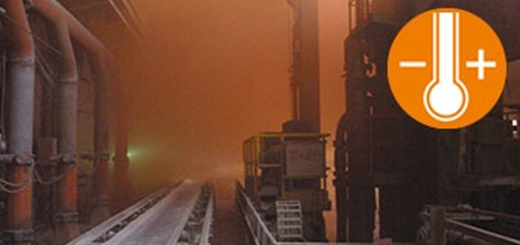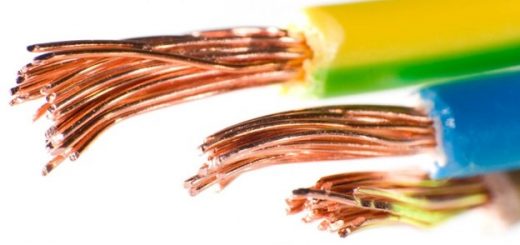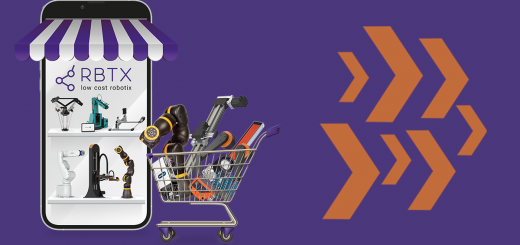Sliding Bearings: 3 Major Bearing Considerations for Linear Sliding Applications
By Matt Mowry
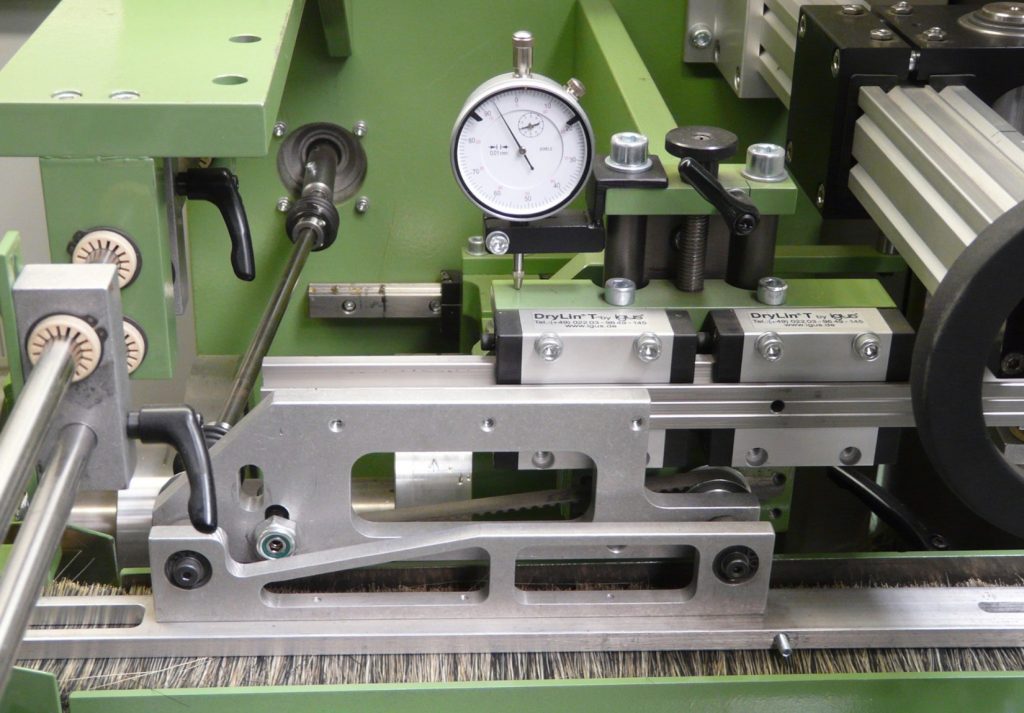
We receive a lot of phone calls from customers telling us that they would like to switch out their existing linear guides, which contain recirculating ball bearings, in exchange for linear guides that are based upon polymer plain bearing technology, or sliding bearings. Many of these customers have become aware of the growing trend regarding the use of plain bearings within linear applications and making this switch can provide many benefits, such as the lack of external lubrication & maintenance, lower-weight, corrosion-resistance, and lower-cost, just to name a few. However, there are three main design concerns that need to be taken into consideration when implementing plain bearings into applications where one has traditionally used ball bearings.
1. Clearance and Accuracy
Since plain bearings need to slide on a shaft or rail system, as opposed to roll, there will inherently be clearance within the parts. Typical clearances can range from 0.02mm to 0.15mm, depending upon the series and parts chosen. Ball bearings have less clearance—0.001-0.010mm—and should be used within applications that require better precision. If you are using a drylin® shaft or rail, you can calculate the clearance within an application to account for the spacing of the bearing and shaft, or rail, as well as lifetime and required drive-force with our drylin® expert tool. There are parts that are adjustable, and other parts that have low-clearance liners or preloaded versions to reduce this clearance.
https://embed.widencdn.net/video/igus/1vxyrnffwc?u=m2yhe6
2. Friction.
If you need to move a heavy object with limited drive-force, a sliding polymer bearing may not be the best solution. Typical static frictions for dry-running plain bearings can range from 0.15-0.3μ, so specifying a proper drive-force is very important. For those who are not used to working with bearings, this essentially means that for every 10lbf (45N) of load, it will take 1.5 to 3lbf (7-14N) of drive-force to move the bearings along the rail (assuming the load is centric and the application is horizontal). All too often, we receive requests from customers who want to move heavy objects by hand—doors, guards, service drawers, etc. However, if we take the above information into consideration, anything over 50lbs (222N) or 75lbs (333N) may be difficult to slide by hand, especially with high-frequency applications. As a solution to these types of applications, we offer drylin® hybrid bearings, which combine sliding and rolling elements while featuring the same dry-running characteristics as our sliding bearings—however, these are only ideal for low cycles.
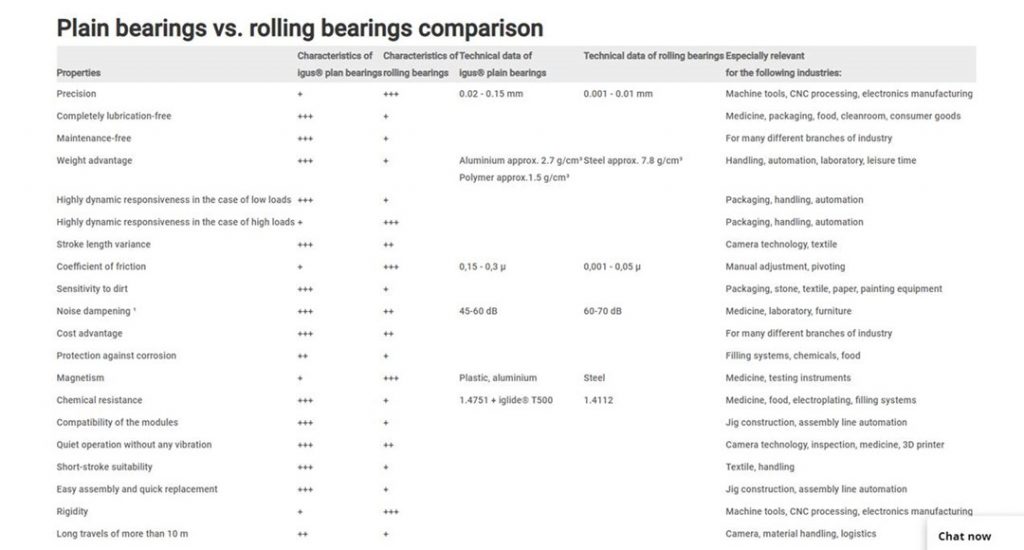
3. Watch Your Cantilevered Loading & Where the Drive-force is Located
Due to the higher coefficient of friction, polymer linear plain bearings must follow the “2:1 Rule”: No acting force can be further than twice the overall distance between bearings on one rail, or binding will occur. This principle is one of the first things our technical sales team considers when working on a new project. For new designs, this is usually solved by spacing the bearings out further along the rails and making sure that the guide rail closest to the drive force uses fixed bearings while the other rail uses floating bearings. Click here to read a tech-talk on the subject with more information.
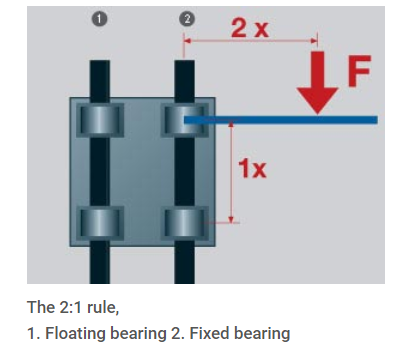
Although these are not the only three factors to consider when using a linear plain bearing, they are certainly the first three points that we concern ourselves with when we are working on a new project. As we like to say, “the most expensive bearing is the one that fails”, and we will never suggest that you use one of our parts where it is not a good fit, nor would we ever pretend that a linear plain bearing is the solution for every linear application..
I hope that the insight above urges you to think about your design ahead of time to determine if drylin® is the correct fit for your application, and I encourage you to take advantage of our online lifetime calculator, which will calculate the clearance, drive-force requirements, and help you design accordingly to the 2:1 rule.
Considering a drylin® solution for your application? For more information on drylin® linear plain bearings, please feel free to contact us at 1-800-965-2496 or connect via Livechat at www.igus.ca.

